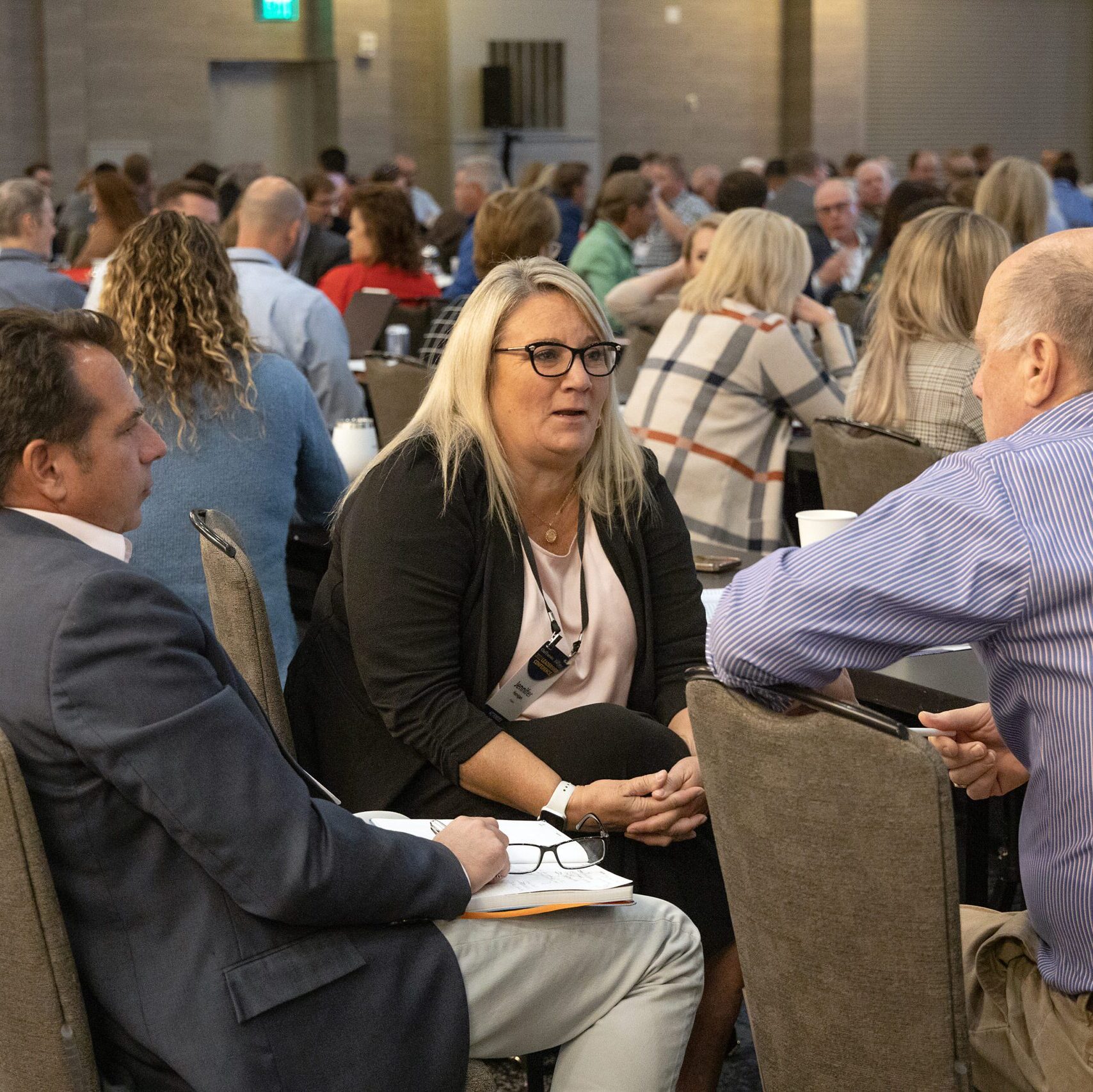


Fear and your inner critic can be strategic assets if we allow ourselves to get curious and learn a new perspective that aligns us to the gifts they have for us. These gifts can support us in making intentional choices (rather than reacting unintentionally).
In order to leverage these gifts, first we need a baseline understanding of what fear is.
Fear gets a bad rap these days. In truth, it’s a wonderful evolutionary gift that’s greatly misunderstood. Fear is meant to protect us. Can you think of anything better at doing its job? This is the perfect response if we find ourselves in a situation where a rational fear is present. If a shark is chasing you, it’s the fear that motivates you to swim faster or fight back and punch the shark hard on the nose. This is fear at its most useful, its most rational.
But another type of fear is irrational fear. For example, as a CEO or senior leader, you might be worried about how to find product market fit, running out of money or even how you’re going to pay your team’s salaries. And as such, you’re thinking about how you’re going to fail, lose out or be rejected. You might keep this bottled up and disengage from others, including your team. Or, you might constantly engage them in helping you figure out what to do and start driving them away. In this context, fear can drive you to make things worse for yourself. The trick is to know the difference between rational and irrational fear, and that takes work.
Our brain doesn’t respond to irrational fear any differently than it responds to rational fears. We have to teach it otherwise. Rational fear lives in the present moment and helps us identify a threat to our survival. Irrational fear lives in the future. It’s the “what-if” scenarios that keep us up at night. Further, rational fear drives us to connect with others. If your life was in danger, you would ask a stranger— even an adversary—for help. Irrational fear often causes us to isolate, withdraw and disconnect from others.
Our fear launches us into protective mode when it senses danger. For irrational fears, danger can be the unknown. What’s incredible, however, is how that very fear is actually giving us information about where we want to go and what we want to look at.
Some common reactions to this danger can be identified as the fight, flight, freeze and fawn reactions. When activated, the stress response can make you react in these ways:
1. You fight the threat.
2. You flee from the situation.
3. You freeze and stay in place.
4. You please and appease.
Once we understand the difference between rational and irrational fear, we can begin to turn towards it to understand more about why our critic might be coming around. Our relationship with our critic can be complex at first. The critic is not a terrible thing. The critic is not a solely negative entity. It’s trying to make us aware of something. It might even have relevant information for us—just not when it’s playing on loop ad nauseam.
What we want to do is mine the information it has; maybe it’s telling us to be more detailed or to check in on a team member. It can have a lot of information, but if “what if we fail” is what I’m repeating on a loop, that’s not really leveraging the important nugget of the critical thought.
It’s incredible that we are able to observe our own thoughts. The role of self-awareness is paramount in growth and self-development and the observer gives us awareness of our current behavior so we can decide how we might want to meet those moments differently, with more intentionality.
A fast way to become the observer is to get curious about the critical voice in our heads—an all-too-common voice for many of us. By bringing our awareness to how often our self-critic comes around, we can become aware of its presence—a needed element for future shifts. You might even consider naming it.
For example, I named my critic Gretchen. By naming her Gretchen, I gave myself the ability to observe her—to see when she came around, what settings I was in, who I was with, what I was engaging with or what I was not engaging with. She was using a silent and deafening megaphone in my ear through self-doubt. From the role of the observer, I could begin to notice and engage with my thoughts rather than be victim to them.
The important part of observing the critic is to create space so that you can choose how to engage it. Our critic is an important part of us, and once we understand its role, when we see it coming, we can engage it to understand why it’s here. Is it showing me what’s important? If I have a big board presentation coming up, is the critic making me question my value? Making me doubt my abilities? Protecting me from something? Maybe my critic is showing me it’s important to rehearse. Perhaps it’s telling me to throw out the scripted talking points and ask more questions. The critic might be bringing my attention to something that I haven’t considered, which makes the relationship with them a worthwhile one to cultivate and understand.
By bringing our awareness to how often our self-critic comes around, we can become aware of its presence—a needed element for future shifts.
How leaders can access the observer of their critical mind:
Learning to observe and engage with fear and their inner critic can be a valuable leadership tool for CEOs and senior leaders, if they choose to engage it wisely.
Parts of this piece have been adapted from Unmasking Fear: How Fears Are Our Gateways to Freedom (Health Communications Inc; August 2025).
0

1:00 - 5:00 pm
Over 70% of Executives Surveyed Agree: Many Strategic Planning Efforts Lack Systematic Approach Tips for Enhancing Your Strategic Planning Process
Executives expressed frustration with their current strategic planning process. Issues include:
Steve Rutan and Denise Harrison have put together an afternoon workshop that will provide the tools you need to address these concerns. They have worked with hundreds of executives to develop a systematic approach that will enable your team to make better decisions during strategic planning. Steve and Denise will walk you through exercises for prioritizing your lists and steps that will reset and reinvigorate your process. This will be a hands-on workshop that will enable you to think about your business as you use the tools that are being presented. If you are ready for a Strategic Planning tune-up, select this workshop in your registration form. The additional fee of $695 will be added to your total.

2:00 - 5:00 pm
Female leaders face the same issues all leaders do, but they often face additional challenges too. In this peer session, we will facilitate a discussion of best practices and how to overcome common barriers to help women leaders be more effective within and outside their organizations.
Limited space available.

10:30 - 5:00 pm
General’s Retreat at Hermitage Golf Course
Sponsored by UBS
General’s Retreat, built in 1986 with architect Gary Roger Baird, has been voted the “Best Golf Course in Nashville” and is a “must play” when visiting the Nashville, Tennessee area. With the beautiful setting along the Cumberland River, golfers of all capabilities will thoroughly enjoy the golf, scenery and hospitality.
The golf outing fee includes transportation to and from the hotel, greens/cart fees, use of practice facilities, and boxed lunch. The bus will leave the hotel at 10:30 am for a noon shotgun start and return to the hotel after the cocktail reception following the completion of the round.